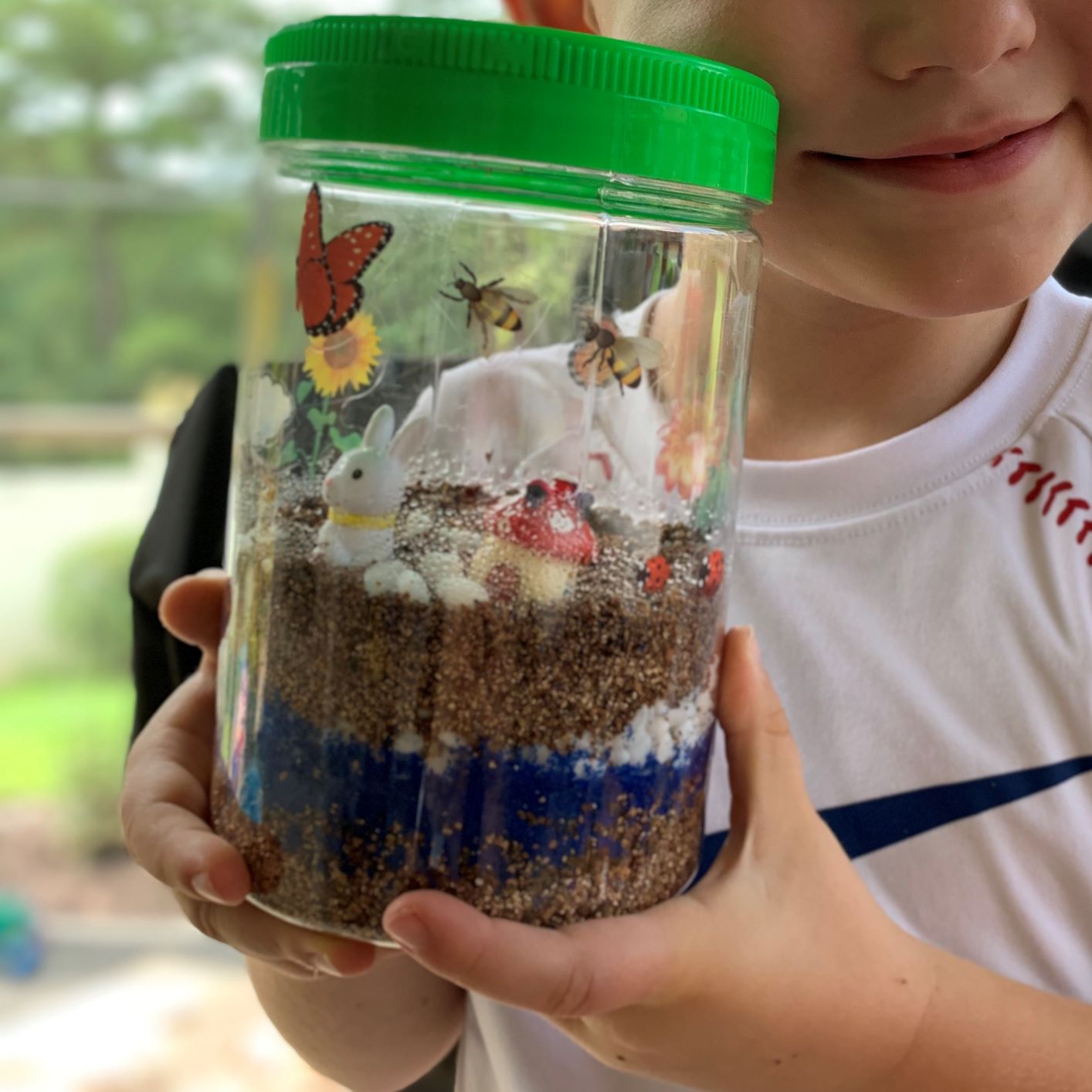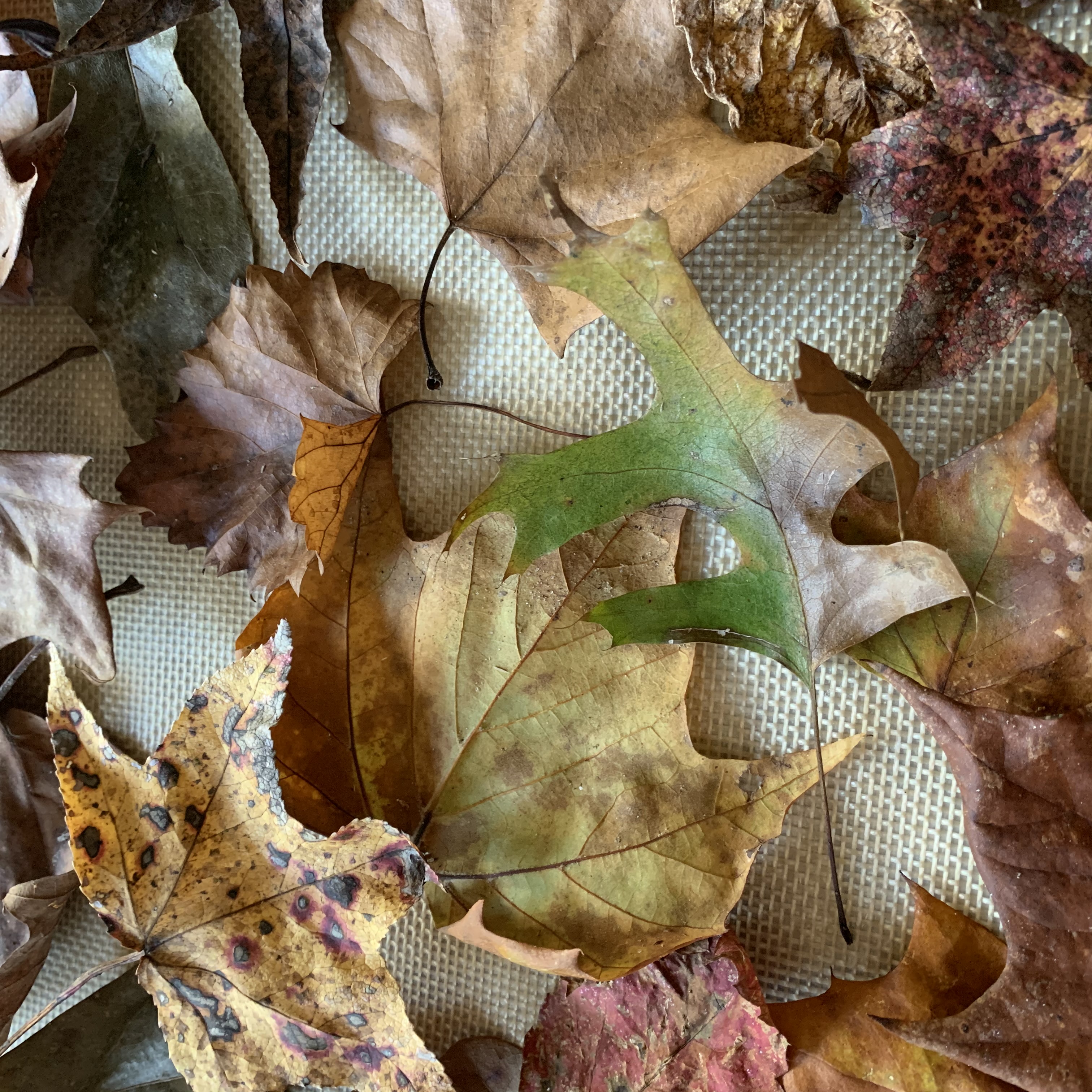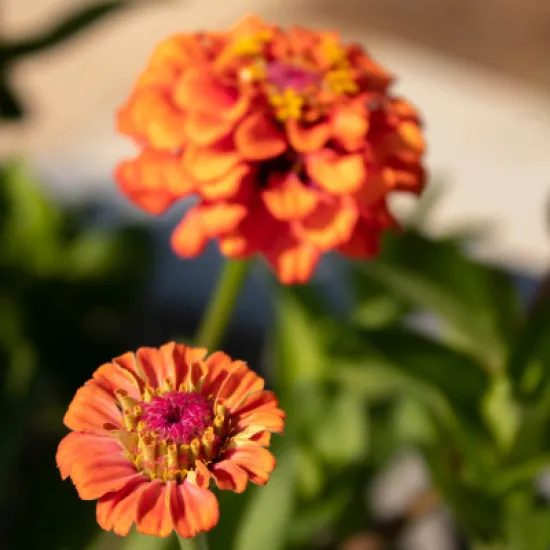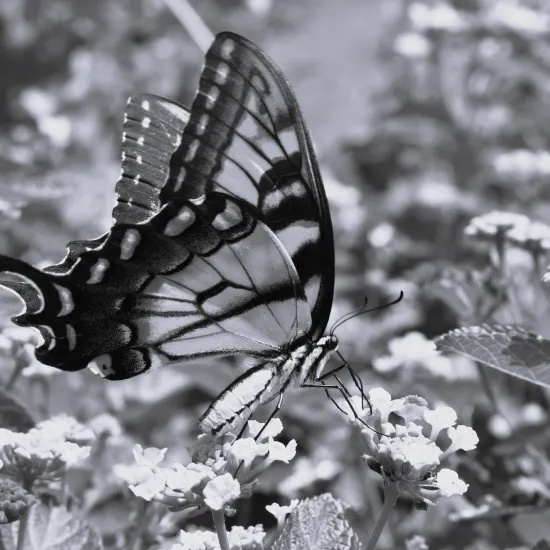- Sarah Gough
- Wednesday, October 21, 2020
Plants are all around us, and essential to life on earth. Take this opportunity to look closely and discover what's really going on inside all those flowers, trees, fruits, and veggies.
How do I know if my first grader has met the standard?
- They understand and can explain that plants have different structures -- roots, stems, leaves, flowers, fruits, and seeds -- which help them survive, grow, and produce more plants.
- They understand and can explain the different stages of development as a plant grows from a seed using observations and measurement.
- They understand that plants have basic needs (water, sunlight, nutrients), respond to their environment, and have developed different qualities to help them survive.
Activities and Multimedia:
Watch the videos below, then dig in with the following activities and experiments.
Did you know that plants are very similar to human beings? Join Dr. Binocs as he Zooms In on different parts of a plant and explains their functions.
Learn how plants have adapted to meet their needs for water, sunlight, nutrients, and reproduction. Visit BrainPOP Jr for more information, activities, and lesson plans about plants.
Explore how stems function to bring water and food to plants with this simple color-changing celery experiment. Check your experiment at regular intervals and draw or chart your observations. By making predictions, coming up with a hypothesis, conducting the experiment, recording results, and drawing conclusions, you will also be practicing the scientific method!
 Create a terrarium or plant fast-growing seeds in a pot or cup. Observe, measure, and monitor your plant growth over time. Are the leaves or shoots leaning toward the sunlight? Which direction are the roots growing? If the leaves start to wilt or turn yellow, what about the environment might your plant be responding to? You might need to fine tune the amount of light, water, and air circulation your plant gets in order to keep it thriving, which is a great hands-on learning opportunity!
Create a terrarium or plant fast-growing seeds in a pot or cup. Observe, measure, and monitor your plant growth over time. Are the leaves or shoots leaning toward the sunlight? Which direction are the roots growing? If the leaves start to wilt or turn yellow, what about the environment might your plant be responding to? You might need to fine tune the amount of light, water, and air circulation your plant gets in order to keep it thriving, which is a great hands-on learning opportunity!
Go on a leaf-gathering walk around your  neighborhood or a local park, and try to find as many differently shaped leaves as possible. The Arbor Day Foundation's What Tree Is That? website will help you easily identify what kind of tree it came from. Talk about why you think leaves might have different shapes. Would a broad, flat leaf collect more sunlight than a thin, spiky one? Would a thin, spiky leaf hold up better than a broad, flat leaf in high wind, rain, or snow? You can use what you collected for lots of other fun, hands-on leaf activities incorporating art, math, science, and more.
neighborhood or a local park, and try to find as many differently shaped leaves as possible. The Arbor Day Foundation's What Tree Is That? website will help you easily identify what kind of tree it came from. Talk about why you think leaves might have different shapes. Would a broad, flat leaf collect more sunlight than a thin, spiky one? Would a thin, spiky leaf hold up better than a broad, flat leaf in high wind, rain, or snow? You can use what you collected for lots of other fun, hands-on leaf activities incorporating art, math, science, and more.
Books to Read:
The titles below will help you and your child discuss plants and their environment. Want us to pull books for you? Contact us at 803-799-9084 and request to have books sent to your nearest Richland Library location.



From Seed to Plant

Experiment with a Plant's Roots.

Plants Can't Sit Still

Plant Adaptations.

How Do Apples Grow?

Why Do Leaves Change Color?

Pick, Pull, Snap!

Flowers

Leaves

Roots

Seeds and Fruit

Stems and Trunks

What Will Grow?
Do you want to explore other first grade SC Science standards?


